A potentially fatal bacterial disease has been found among a free-roaming tule elk herd at Point Reyes National Seashore, raising concerns about the close proximity of wildlife to cattle on national parkland.
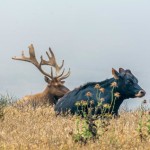
Sign up for our free weekly newsletter and understand everything better!

A potentially fatal bacterial disease has been found among a free-roaming tule elk herd at Point Reyes National Seashore, raising concerns about the close proximity of wildlife to cattle on national parkland.
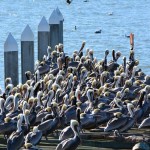
About 100 California Brown Pelicans made an unusual appearance on the old wooden dock on the south side of Alameda Point. But only one of the pelicans could be identified as a one- or two-year-old.
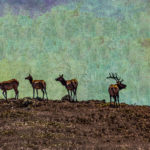
The recovery of the nearly extinct Tule Elk has become a dilemma for the park service, ranchers, and environmentalists at Point Reyes.
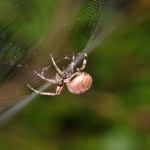
Spiderwebs are nature’s most ideal trap. And different web types represent a different evolutionary strategy of ensnaring a meal.
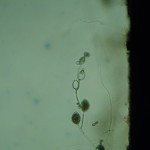
Phytophthora tentaculata, a new and particularly pernicious strain of dangerous plant pathogens that has been on a federal watch list, was found throughout one of the SFPUC’s restoration sites in central Alameda County.
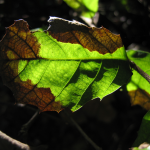
Perhaps the biggest contribution to the fight against phytophthora has been a call to action in the restoration nursery trade.

Phytophthoras, Greek for “plant destroyers,” certainly live up to the name. Once introduced to a location, they can spread undetected in the soil or in water and wreak havoc on crops, nursery stock, and natural ecosystems.

UC Berkeley professor Carolyn Finney explains why environmentalists should support biodiversity — and racial diversity.
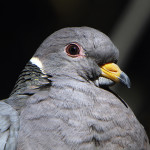
Scientists are using genetic tests to determine how a nasty parasite is killing off the band-tailed pigeon.
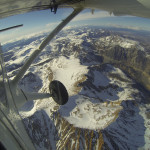
Up until recently, there were limited and fairly antiquated options on how to measure California’s snowpack.